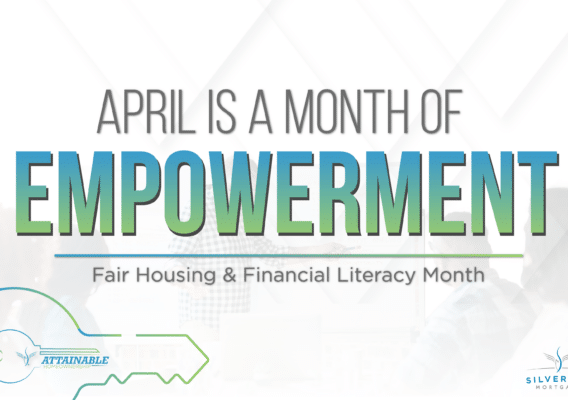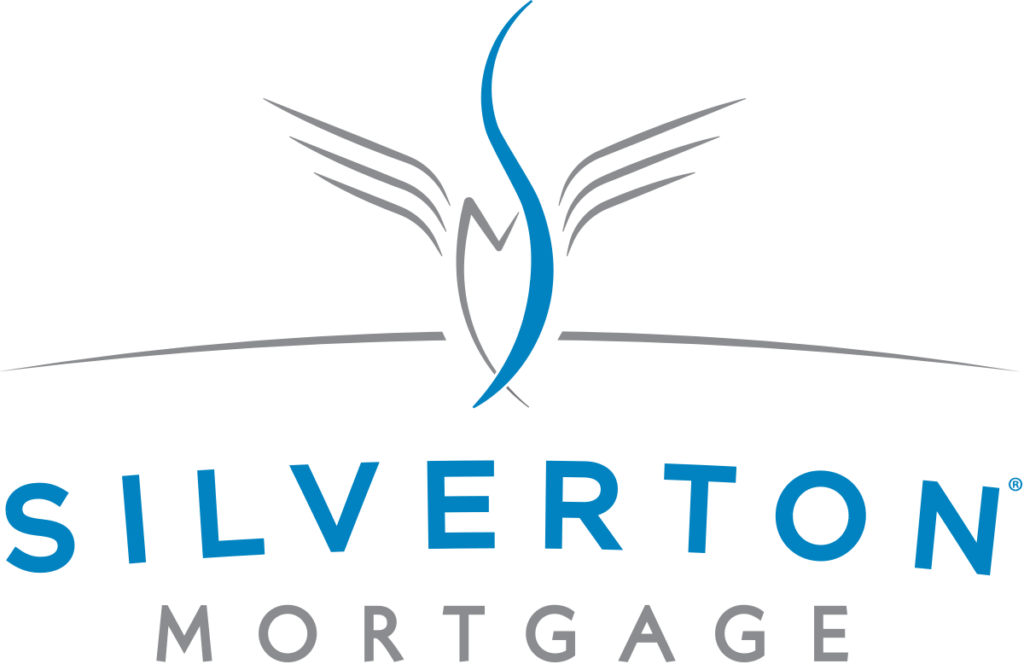
Homeownership is considered a the ultimate “American Dream” for good reason. Owning a home offers stability with a set monthly payment, potential tax breaks (if you qualify- consult a tax advisor), and the chance to gain equity. It is perhaps the most common way for families to build generational wealth. In honor of June being National Homeownership Month, we will look closely at homeownership in this country by generation. We’ll also explore possible hurdles and solutions for anyone hoping to begin their journey toward owning a home.
The Newcomers to the Housing Market
Gen Z (ages 18-21), newcomers to the housing market, make up just 2% of buyers and sellers in 2021. Although their sample is too small to gather unique characteristics, it shows that a new generation is interested in homeownership and will likely make a bigger impact in the future.
Last year, Millennials continued to make up the largest share of buyers at 37%. In fact, 82% of Younger Millennials and 48% of Older Millennials were first-time homebuyers, more than any other age group. The highest-earning group of homebuyers was Gen Xers (ages 41-55) who purchased the largest and second-most expensive homes at a median home price of $305,000. Baby Boomers also made a significant share of the housing market. Younger Baby Boomers (ages 56 to 65) consisted of 18% of recent buyers, and older Baby Boomers (ages 66 to 74) made up 14%. This generation is expected to own their homes for the longest period, at 20 years.
First-time buyers made up 31 percent of all home buyers in 2021. However, common myths deter many from pursuing homeownership. Perhaps the biggest one is the belief that a 20% down payment is needed. This misconception is dangerous because 20% of a home purchase is usually a lot of money. Therefore, needing that amount upfront scares most potential homebuyers away.
This belief possibly originated from the fact that without such a down payment, many are subject to having to pay mortgage insurance, which can be costly. However, plenty of low and no down payment programs are available for both first-time home buyers and repeat buyers. Options also exist to help with mortgage insurance so that your total monthly payments are affordable. The most important thing to keep in mind while deciding to apply for a mortgage is choosing the right program for you and your down payment needs. Once you realize that having a large down payment isn’t necessary, you can start the process with peace of mind.
Down Payment Assistance
Down payment Assistance Programs can also be a huge help in unlocking homeownership possibilities. DPA programs help homebuyers cover the cost of a down payment so they can afford homeownership. These programs are mostly reserved for first-time homebuyers but sometimes extend to other types of borrowers. Usually, you can seek this type of assistance through your local or state housing authority or via non-profits.. How much you’re able to receive depends on the type of program and your specific situation. Some will make the determination based on the price of the home you’re buying, while others will cap assistance at a certain dollar amount.
Down payment assistance eligibility is usually determined by your income and credit history. Thousands of down payment assistance programs exist nationwide, and they come in several forms including grants, loans, and credits. Therefore, the assistance may require repayment. If you don’t qualify for a Down Payment Assistance program through your local housing finance agency, there are also government-backed programs that require lower down payment amounts. Some of the most popular loan programs that offer low or no down payment options include FHA, VA, and USDA* home loans.
Understanding the process is another step in the path to homeownership. Deciding to own a home of your own can be daunting, but once you know what to expect and how to prepare, it becomes much easier. The mortgage process typically involves six general steps.
Step One: Pre-Approval
During this stage of the mortgage process, a lender determines whether you’re qualified to borrow money. They closely examine your credit, employment history, income, and debt obligations to verify the maximum amount you’ll be able to borrow. A licensed loan originator will use this information to help determine which loan program is right for you, considering the down payment amount and available interest rates.
Once pre-approved, receive a letter stating that you can afford a home loan up to a certain value. This serves as the green light to start house hunting. Your pre-approval provides an idea of how much you can afford and signals to sellers that you’re a serious buyer. Working with a trusted licensed mortgage loan originator is crucial for a successful pre-approval, as they help you qualify for the appropriate mortgage.
Step Two: Submit Initial Documents
After pre-approval, you must determine the appropriate mortgage loan type for you. Then, submit specific documents to verify your income and prove you can afford the loan. Typically, you need to provide your previous two years of tax returns, W-2s, and bonuses, or freelance work. This information shows that you have funds for a down payment, closing costs, and other fees.
Requirements vary based on your loan type, but credit check is necessary. Typically, lenders require a credit score of 620 or higher to approve a conventional loan. However, a lower score doesn’t mean all is lost. Several options are still available, though they may include loans with higher interest rates.
Step Three: Processing
After you submit initial documents, an experienced processor reviews, packages, and monitors your loan request. The processor collects all necessary information to approve the loan. they contact credit bureaus, employers, accountants, and others to verify your information.
When ready, the loan processor orders the home appraisal and ensures compliance with property policies. They also order the final loan documents. Additionally, your processor helps schedule your closing appointment.
The processor is crucial in the loan process, keeping your loan on track from start to finish.
Step Four: Underwriting
After the processor gathers all supporting documentation, the underwriter reviews your loan. The underwriter assesses the lender’s risk in working with you. If they determine you can manage the loan, they issue a mortgage commitment.
To reach this conclusion, the underwriter examines your credit history, proof of income, debt-to-income ratio, and savings. They also consider any other factors that determine your financial readiness for a mortgage payment.
Additionally, the underwriter evaluates the property’s value and type. this ensures mortgage terms meet all parties’ requirements.
Step Five: Pre-Closing
Once the underwriter approves your loan, finalize all the details with your lender. Prepare everything for closing day by conducting a property walkthrough and securing homeowners’ insurance for your move-in day. Due diligence during the pre-closing phase ensures a smooth closing process for everyone involved. At least three days before closing, you will receive a Closing Disclosure. Your closing agent and lender will then assist you in preparing everything for closing day.
Step Six: Closing
This is the final step to becoming a homeowner. Fortunately, most of the work is already done. Now, execute the final closing paperwork and bring a photo ID. Afterward, you’ll receive the keys to your new home! Typically, your first mortgage payment is due one month after the closing month ends.
Though homeownership may seem overwhelming, remember you have support throughout the process. The entire mortgage process usually takes around 41 days. While it can be strenuous, the result is a home of your very own.
Homeownership is not unattainable goal. Regardless of age, race, gender, or sexual orientation, it should be within reach for all. Knowledge about home loan options, down payment assistance programs, and the mortgage process is crucial. Silverton Mortgage can help. We understand that home loans are diverse, just like the people who seek them. We’ll work closely with you to find the right program for your unique needs.
All loans are subject to credit approval.
*Silverton Mortgage is authorized to originate FHA, VA, and USDA loans, but it is not an agent of, or affiliated with, the U.S. Government. All trademarks are property of their respective owners. Vanderbilt Mortgage and Finance, Inc., dba Silverton Mortgage, 1201 Peachtree St NE, Ste 2050, Atlanta, GA 30361, 404-815-0291, NMLS #1561, (http://www.nmlsconsumeraccess.org/), AZ Lic. #BK-0902616, Licensed by the Department of Financial Protection and Innovation under the California Residential Mortgage Lending Act license, Licensed by the N.J. Department of Banking and Insurance, Licensed by PA Dept. of Banking, Rhode Island Licensed Lender. Licensing information: https://silvertonmortgage.com/licensing/ . All information is believed accurate and is subject to change without notice. CA Resident Privacy Policy | Clayton Homes and Legal and Privacy at Vanderbilt Mortgage and Finance (vmf.com)
You Might Also Like

Navigating the Mortgage Maze: The Mortgage Process Simplified

April: The Month of Empowerment

